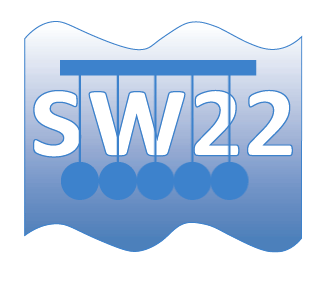Keynote Speakers
Peter Middendorp – Senior Consultant at Allnamics
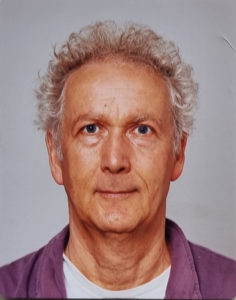
For more than 40 years Peter Middendorp has been involved in the research and development of pile testing methods, pile installation techniques and driveability prediction software for both impact and vibratory hammers. During that time he has been a member of national as well as international committees on high strain dynamic testing and rapid load testing. The first 25 years of his career he worked at TNO (the Dutch Governmental Research Organisation for Applied Scientific Research), where he initiated and contributed to the development of the wave equation program TNOWAVE, and pile testing methods like integrity testing, pile driving analysis, dynamic load testing and rapid load testing. He was involved as well in the early stages of the development of the first type of Rapid load Testing, the so-called Statnamic, and the interpretation of that type of testing (the Unloading Point Method). He also served as the chairman of the 4th Stress Wave Conference in the Netherlands in 1992.
After his TNO career he initially became a director of the TNO spinoff Profound, but in 2010 he and his partners started the Allnamics. Under his direction and in cooperation with universities, institutes and other companies around the world, Allnamics is continuously working on extending the edge of pile testing technologies and simulation software (the so-called AllWave software). A good example is the installation of monopiles using vibratory hammers, which was introduced in the European market by Allnamics in cooperation with Cape Holland and Seaway in 2012. This was a direct result of the successful piledriving predictions using the AllWave software for the installation of 22-meter diameter steel caissons using vibratory hammers for the Macau -Hong Kong Bridge Tunnel project.
Today Peter is still fully involved in the research and development as well as promotion of pile testing techniques and the associated software. An example of that is his initiative to return the Stress Wave Conference to the Netherlands after 30 years, and his active role in the organization of what will be the 11 edition of that conference.
Abstract of the keynote:
More than 80 Years of Experience, evolving from Graphical Analysis to Driveability Automation with the Methods of Characteristics.
Most are not aware that the first practical applications for stress wave simulations were based on the method of characteristics and were performed by means of graphical tools. The modern computer algorithm we use today for the Method of Characteristics is probably one of the most applied algorithms for stress wave simulations, like driveability studies for impact hammers and vibratory hammers, signal matching for pile capacity, signal matching for pile shape analysis, hammer parts design, rapid load testing simulations, hammer cushioning design and even more applications. This keynote lecture will highlight subjects reaching from early developments with graphical methods up to state-of-the-art advanced hammer design and drivability studies and its automation.
The keynote lecture will follow up on an earlier presented paper “Thirty Years of Experience with the wave equation solution based on the Method of Characteristics” at the Stress Wave Conference in Kuala Lumpur, 2004. The keynote will be illustrated with examples generated by the wave equation program AllWave and discuss implemented methods for transferring soil investigation data to soil driveability parameters, soil fatigue parameters and the technique to automate driveability studies.
Dr. Mônica Prezzi, Professor of Civil Engineering, Purdue University
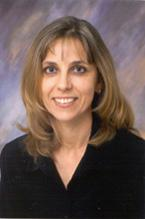
Dr. Mônica Prezzi holds a Master of Engineering degree from the Federal University of Rio Grande do Sul (UFRGS), and both a Master of Science degree and a Ph.D. degree in civil engineering from the University of California Berkeley. Dr. Prezzi is a professor at Purdue University. Her research interests are foundation engineering, ground engineering and soil behavior.
Abstract of the Keynote:
The presentation summarizes and discusses the results of static and dynamic pile load tests performed on fully instrumented, driven piles in Indiana. Closed-ended and open-ended pipe piles were driven side-by-side and tested to allow a comparison of the resistances mobilized in each layer of the soil profile and at the bases of the piles. For robustness and redundancy of the measurements, the piles were instrumented with a dense arrangement of electrical-resistance and vibrating-wire strain gauges along the entire length of the piles. The open-ended pipe piles were specially built with a double-wall system to allow separation of the internal and external resistances. Slow-maintained static load tests were performed to obtain the pile load-settlement curves with appropriate stiffness values. The tests were performed to large pile head settlements to allow determination of ultimate loads. Dynamic load tests were also performed to assess their ability to predict static resistances. The results of these tests were compared with predictions made using recent hybrid CPT-based design methods and pile driving formulas applied to measured sets during driving. An assessment of the methods of prediction or verification of ultimate resistances is made based on the results.
Dr. Samuel Paikowsky, Professor Emeritus, University of Massachusetts
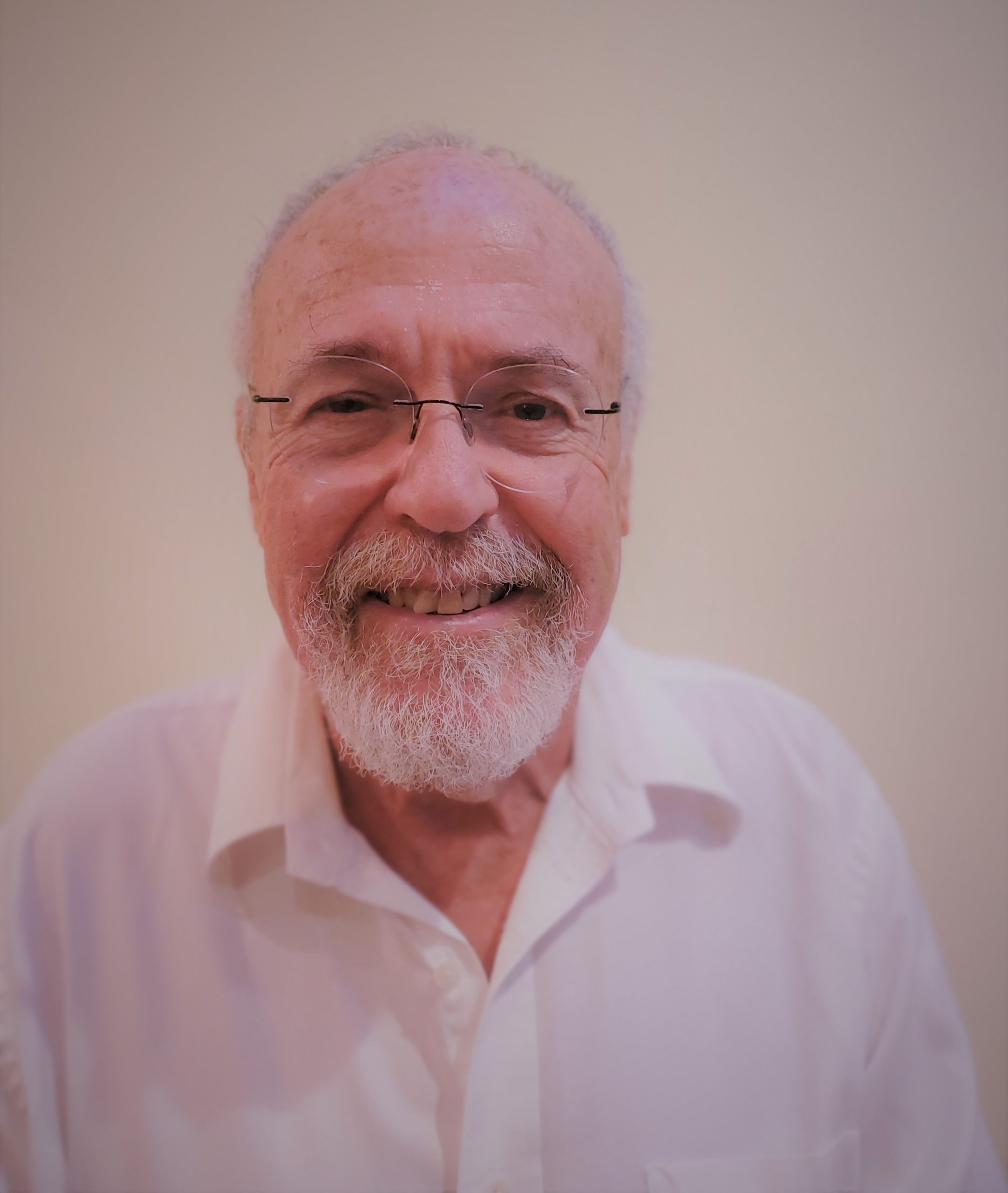
Dr. Samuel Paikowsky is a Professor Emeritus at the University of Massachusetts. Sam is also the President of GeoDynamica Inc. He has over 40 years of experience in geotechnical related consulting, research and engineering projects. His expertise is in the field of deep foundations, reliability based design, testing and analysis, and he has been involved in projects worldwide. Dr. Paikowsky holds a B.S. in Civil Engineering and a M.Sc. in Geotechnical Engineering from the Technion, Israel Institute of Technology and a Sc.D. in Geotechnical Engineering from MIT.
Abstract for the Keynote:
Dynamic pile testing allows examination of the capacity and integrity of deep foundations. The analysis of stress wave propagation in piles is based on the application of the one-dimensional wave equation (1-D WE) for either matching measured to calculated signals or to analyze modeled impact conditions. The 1-D WE, a simplified formulation of three-dimensional (3-D) wave propagation for uniform, slender elastic rods is relevant to most driven piles. Plugged pipe piles, however, violate the basic assumptions made for the 1-D WE, and hence may provide questionable results when the traditional methods are applied to analyze them. Drilled foundations are often irregular in shape and material properties, and the dynamic test interpretation for these foundations remains a challenge as well as a question regarding the reliability of the obtained results.
Both of these non-uniform deep foundation testing and analysis methods are discussed. The plugging mechanism of open-ended piles is reviewed along with the influence of artificially plugged piles on pile resistance and performance dynamically and statically. A large-scale testing from the Sakonnet River Bridge project in Rhode Island, USA, is used to illustrate the issue and the need for correct physical modeling of the stress wave propagation in plugged piles. Such formulation, in which the spatial stress transformation is allowed for, is developed and demonstrated.
Drop weight testing of non-uniform drilled foundations is illustrated via several case histories. One of these involves drilled foundations design, construction, and testing in Tema Port, Ghana. To investigate the validity of the applied analyses, stress wave propagation simulations were conducted using the 1-D WE via WEAP and CAPWAP and were compared to 3-D WE implementing the PLAXIS finite element Method (FEM) software. The non-uniformity effects on the stress propagation can be observed via the FEM and hence compared to solutions which traditionally utilize the 1-D WE.
The case histories and analyses presented reveal the need for understanding the implication of utilizing the 1-D WE for non-uniform deep foundations and the ways to resolve it. The plugged pile case requires alternative mathematical modeling. The non-uniform drilled foundation analysis with the prevailing method, results in accurate solution for the overall capacity (under strain compatibility of the construction materials) but with limited accuracy for the resistance distribution.
David Cathie, Senior Consultant at Cathie

Dr Cathie holds a degree and PhD in Civil Engineering from the University of Bristol and his 40-year career in offshore geotechnics included periods with D’Appolonia, SAGE, Thales Geosolutions, Fugro and Cathie Associates. His expertise is recognised in several branches of offshore geotechnics and has published papers in the fields of trenching, pipeline geotechnics, suction caissons, jackup leg penetration, and pile installation. He is partially retired by continues to work on R&D projects which can have industry significance.
Abstract of the Keynote:
The PAGE JIP addressed the lack of axial pile capacity data on large diameter piles in sand by collating and analysing dynamic driving data from 25 offshore piles with OD in the range 1.6 to 3.4m and contrasting these with dynamic re-strike tests conducted between 1h and 1 year after driving. Systematic signal matching was performed with two independent codes that applied different soil models. Outcomes were compared with predictions from modern CPT-based static capacity design methods. The results indicating setup trends and comparison with axial pile capacity methods will be presented.
Prof. Barry Lehane, University of Western Australia
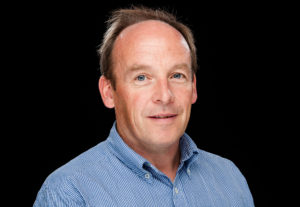
Professor Barry Lehane has worked as a practitioner and academic in geotechnical engineering since 1984. Barry obtained his Civil Engineering degree from University College Cork in Ireland and then worked with Arup Geotechnics in London until he began his PhD at Imperial College, London in 1989. Following completion of his PhD in 1992, he again worked with Arup in London and Hong Kong before taking up a lecturing position at Trinity College in 1994. He moved to Perth in 2002 and has remained as a Professor at the University of Western Australia since then. Barry has published about 300 technical papers in international journals and conferences, and he continues to consult widely on a variety of national and international projects.
Abstract of the Keyote:
A new method of estimating the static capacity of driven piles in silica sand, referred to as the Unified method, is included in the forthcoming 2022 edition of ISO-19901-4 and replaces the four CPT methods recommended in ISO-19901-4 (2016). The paper investigates the application of this method to the prediction of driving resistance of pipe piles using seven high quality case histories involving piles with diameters in the range 340mm to 4.2m. It is shown that the Unified method, adapted to enable estimation of the static resistance to driving (SRD), can lead to considerably improved predictions of driving resistance compared to an existing popular method used for SRD determination. Improvements to predictions for very large diameter piles in loose to medium dense sand are required.
Apostolos Tsouvalas, TU Delft
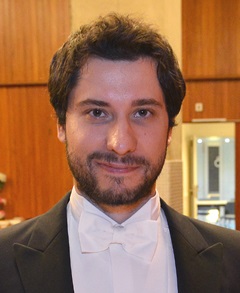
Dr. Apostolos Tsouvalas is currently employed as an Assistant Professor at TU Delft and holds a dual appointment at the sections Offshore Engineering and Dynamics of Solids and Structures at the Faculty of Civil Engineering and Geosciences. He received his engineering diploma from the National Technical University of Athens in 2007 and his M.Sc. degree from TU Delft in 2009. He worked in the engineering industry for a few years before starting with his PhD degree in Delft which he defended in 2015. His research interests focus on a wide range of problems related to structural dynamics and wave mechanics including: dynamics and wave mechanics of elastic systems, earthquake engineering, fluid-structure and soil-structure interaction, dynamics of offshore structures and structural acoustics. He serves as an editorial board member in the Journal of Sound and Vibration since 2018.
Abstract of the Keynote:
Foundation piles are often used to support offshore structures such as oil and gas platforms or offshore wind power generators. The pile installation process, which is a key step in the construction of many structures offshore, is hindered by a serious by-product; seabed vibrations and underwater noise pollution. Seabed vibrations and noise have drawn the attention of many environmental organisations and regulatory bodies worldwide. In particular, the noise emission is strictly regulated nowadays, especially when it comes to impact piling noise. When noise levels exceed the thresholds set by the (inter)national authorities, noise mitigation is often required. This paper reviews the state-of-the-art computational methods to predict the underwater noise emission and the associated seabed vibrations by the installation of foundation piles offshore. Various noise mitigation strategies are discussed and the modelling framework applied to predict noise mitigation in the case of air-bubble curtains is presented. A brief overview of the available noise regulations in Europe and abroad is also given. Future challenges in the field are identified under the prism of the ever-increasing size of piles and the new pile driving technologies.
Ken Gavin, TU Delft
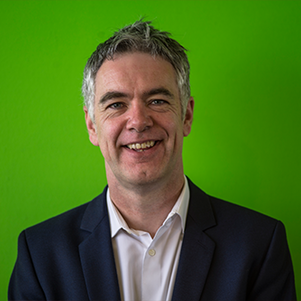
Ken Gavin is Professor of Subsurface Engineering, Delft University of Technology. He graduated in Civil Engineering from Queens University Belfast in 1994, he obtained a PhD on Offshore Piles from Trinity College Dublin in 1998. After 3 years working as a Senior Geotechnical Engineer for Arup he joined University College Dublin in September 2001. He moved to TU Delft in April 2016 and leads research and teaching activities related to foundation engineering. Throughout his academic career he has applied research into practice and has advised on interesting and challenging projects across the globe.
Abstract of the Keynote:
Static load testing is expensive and time consuming, as a result there is often a reluctance to perform full-scale load tests. In this talk we review lessons learnt from a recent pile tests performed at the Port of Rotterdam. In particular we will consider aspects including (i) the importance of the load test procedure, (ii) the benefit of instrumentation and (iii) incorporating load test results into practice.
